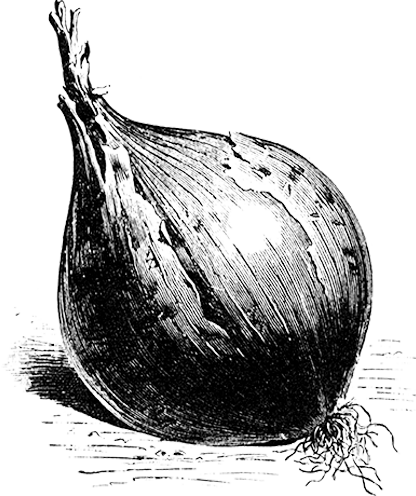Storage and germination
After sowing, it often happens that you have some seeds left in the bag. If the seeds haven't been exposed to either heat or moisture, you can save most varieties for at least a year or two (see table below).
Seeds are alive during storage, but the life process is "on the backburner". Warmth and humidity bring the seeds out of their sleep; therefore the key to successful storage of seeds is preventing them access to both these conditions. Seeds that are to be stored must be thoroughly dry (below 13% moisture) and put in a cool and dark place, 0–10 °C. Most varieties can withstand several degrees below zero.
An easy way, if you don't have too big quantities, is to put the seeds in a tightly sealed jar in the fridge, the freezer, or any other cool place. Preferably with a dry paper towel in the bottom to soak up any remaining moisture. Peas, beans and seeds that might not be completely dry are better stored in non-airtight bags in an airy, dark and cool place.
Check on the seeds every now and then. If the temperature and/or humidity is too high, mould, bacteria and some insects can destroy the seeds. If they are infested by mould, throw them away.
How to test the germination rate at home
To find out how the seeds have coped during storage, you can test the germination rate before sowing. Spread 20, 50 or 100 seeds on a damp paper towel. Fold it lightly to enclose the seeds and put it in a plastic bag. Most seeds germinate quickly if left at room temperature, but check what preferences the variety you're testing have to make sure you have the optimal conditions. Count the ones that have germinated within the normal germination time (see table) and calculate an approximate percentage. For example, 40 germinated seeds out of 50 equals a 80% germination rate. One usually does not sow seeds with lower rate than 50%.
| | Germination temp. ºC | Germination time
| Durability
|
| | min. | opt. | max. | days
| years
|
| Beans | 12 | 22-30 | 37 | 6-10 | 2-3 |
Broad Bean
| 5 | 17-28 | 32 | 8-14 | 2-4 |
| Chicory | 10 | 16-24 | 30 | 6-11 | 2-3 |
| Dill | 4 | 14-25 | 30 | 14-28 | 1-2 |
Cucumber
| 12 | 22-26 | 40 | 5-8 | 5-7 |
Cabbage
| 6 | 20-28 | 37 | 4-10 | 3-5 |
Swede
| 5 | 17-28 | 40 | 4-10 | 4-5 |
Onion, Yellow, Red
| 4 | 12-22 | 35 | 10-22 | 1-3 |
Egg Turnip
| 4 | 15-30 | 40 | 4-7 | 4-5 |
Corn
| 12 | 20-32 | 40 | 6-10 | 1-3 |
Chard
| 8 | 16-28 | 35 | 8-15 | 3-5 |
| Melon | 17 | 22-33 | 40 | 5-12 | 5-7 |
Carrot
| 6 | 16-26 | 35 | 8-17 | 2-4 |
| Parsnip | 4 | 10-20 | 30 | 16-28 | 1-2 |
| Pepper | 15 | 22-30 | 40 | 7-16 | 4-5 |
| Parsley | 5 | 14-24 | 32 | 15-28 | 1-3 |
| Purjolök | 4 | 15-22 | 35 | 9-18 | 2-4 |
Radish, Black Radish
| 5 | 16-26 | 35 | 4-9 | 3-5 |
Beetroot
| 6 | 20-30 | 37 | 7-14 | 3-5 |
Lettuce
| 4 | 14-18 | 22 | 4-9 | 4-5 |
Celery
| 8 | 18-23 | 30 | 14-24 | 4-6 |
| Spinach | 4 | 14-25 | 30 | 6-12 | 3-5 |
| Squash, Pumpkin | 12 | 23-25 | 40 | 5-10 | 4-6 |
Black Salsify
| 5 | 14-24 | 32 | 7-12 | 1-3 |
| Tomato | 14 | 22-27 | 35 | 4-10 | 4-5 |
Aubergine
| 16 | 22-30 | 38 | 6-12 | 3-5 |
Peas
| 5 | 15-24 | 30 | 7-14 | 2-4 |
